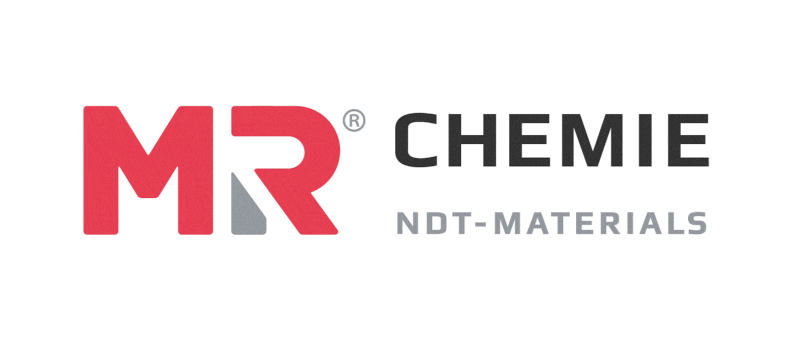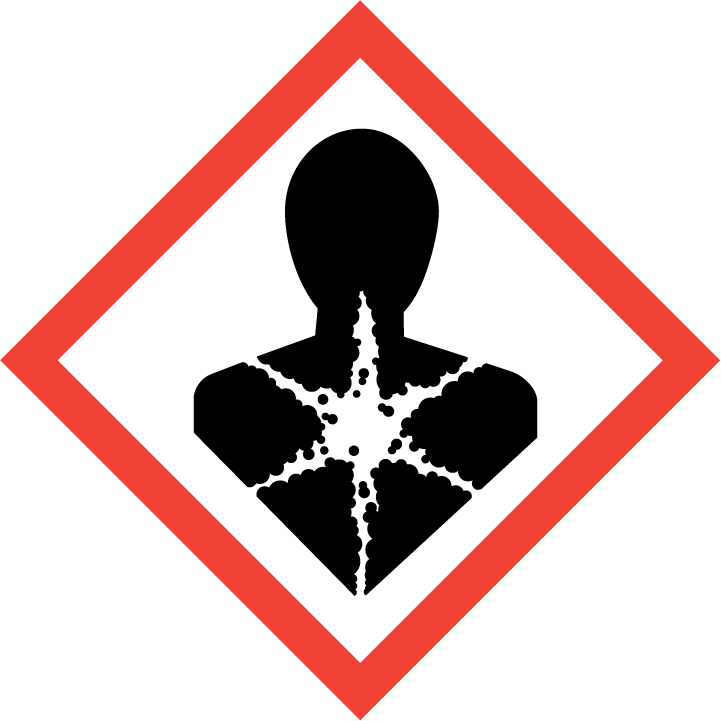

MR®304 is a general-purpose blend of wetting agents, corrosion inhibitors and anti-forming agents water-conditioning powder to enhance surface wetting and magnetic particle dispersion stability in water-based magnetic particle suspensions. It is added to the water bath and mixed until dissolved prior to addition of magnetic powder (oil & water based).
| Properties | Appearance – white granular powder Chemical Composition – mixture of wetting agent; anti-foam emulsion & corrosion inhibitor Basis – borax Odour – odourless |
| Approvals | ASTM E709 ASTM E1444/1444M |
| Recommended Usage | NDT Method – Magnetic Particle Testing (wet method) Usage Temperature – 41°F to 131°F / +5 °C to +52 °C Storage Temperature – 41°F to 113°F / +5 °C to +45 °C |
Magnetic particle inspection (MPI) is a non-destructive testing (NDT) method used to detect surface and slightly subsurface cracks in ferromagnetic materials such as iron, steel, and nickel. The process involves magnetizing the part to be inspected and then applying appropriate magnetic particles in the form of a dry powder or suspension to the surface of the part. The magnetic particles are attracted to areas of flux leakage, which are areas where the magnetic field is distorted by the presence of a crack or other defect creating a visible indication that can be used to identify and evaluate the nature and extent of the defect.
The application of the magnetic powder creates a visible indication of the location and shape of the crack or other defect. The powder accumulates at the location of the defect, forming a visible indication or "magnetic particle indication." This indication is then examined by a trained inspector using ultraviolet light or other illumination to identify the precise location, size, and orientation of the defect.
| Bulk | Aerosol |
|---|---|
 |